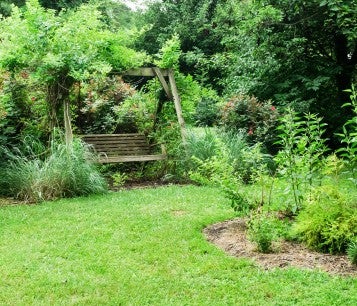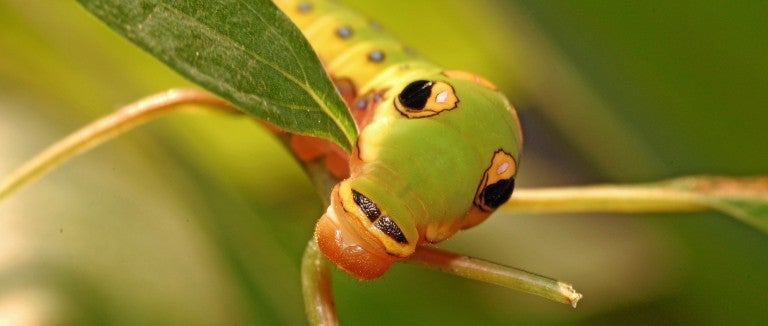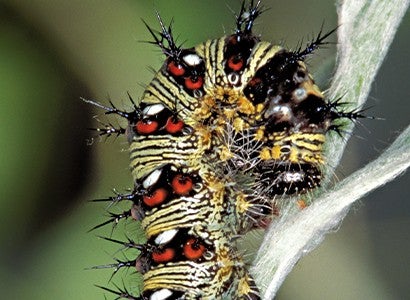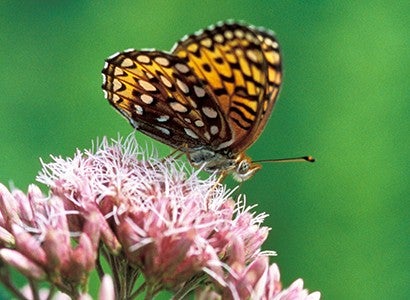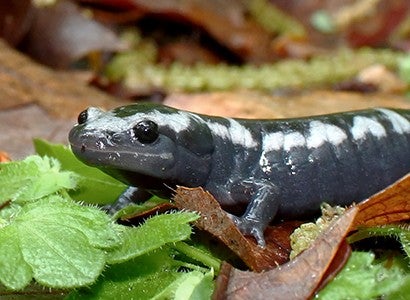Perennial favorites
Though many of the plants most useful to wildlife have the word “weed” in them due to their once abundant presence on the continent, they now need help to repatriate the land. For example, milkweed, which supports monarchs and many other butterfly caterpillars, is being wiped out by the proliferation of chemical-laden corn and soybean crops in the Midwest. To help reverse this trend, plant butterfly weed, not butterfly bush, and other milkweed species.
Another butterfly favorite is joe-pye weed; just one of these plants in my backyard last summer had dozens of swallowtail butterflies fluttering around it all day for weeks, making it even more of a nectar magnet than a butterfly bush. Even better, the plant also feeds the caterpillars of more than three dozen species of Lepidoptera (the large order of insects that includes both butterflies and moths).
Black-eyed Susans host the caterpillars of dozens of species and are broadly distributed throughout the United States. The wide-ranging cloudless sulphur butterfly prefers wild senna and related plants in the pea family, and native violets host a number of fritillary species while also providing beautiful ground cover.
Ambitious climbers
If you’ve ever had English ivy, you’re probably aware of how invasive it is. Virginia creeper, our native alternative, provides food for the Pandora sphinx moth caterpillar and berries for bluebirds and other animals. Many people still confuse this plant with three-leaved poison ivy and yank it from their gardens, but its five leaves make it easily distinguishable.
Passionflower, a gorgeous tropical-looking vine, hosts caterpillars of gulf fritillaries, zebra longwings, red-banded hairstreaks and other butterflies. An added bonus: For all its delicate beauty, the plant requires no extra care.
Tall leafy layers
Gardeners with yards can also provide habitat for swallowtails by planting bushes and trees that serve as larvae hosts. For spicebush swallowtails, spicebush and sassafras trees work well in smaller spaces. Pawpaw trees provide a custard-like fruit for animals (and humans!) and tasty leaves for the zebra swallowtail caterpillar.
For Eastern tiger swallowtails, plant the fast-growing and low-maintenance tulip poplar; in my yard these bright yellow butterflies flutter down from the poplars early in the morning, feast all day and return to the trees at night. Native willows are popular with Western tiger swallowtails and mourning cloak butterflies.
Whatever natives you plant, be mentally prepared for the visible evidence of insect approval. A mass of eggs or a crowd of caterpillars chewing through your leaves may at first surprise you, but this feasting should be cause for celebration of your hard work to make your property a life-sustaining sanctuary for all animals—including the babies who will one day spread their wings and grace your garden as beautiful butterflies.
Leaf ecology
by Ruthanne Johnson
